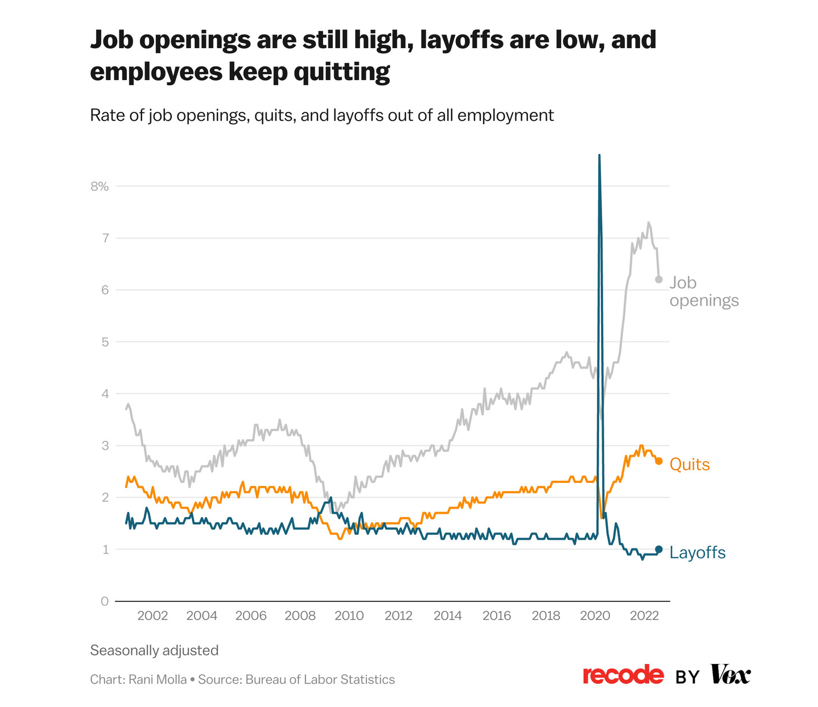Is your hiring process getting in the way of hiring the best candidates? Sometimes, we get into a hiring rut, and those bad habits may be preventing you from making a great hire.
How can you shorten your hiring process? “One of the first lessons I learned as a young recruiter was, ‘Time kills all deals,’” according to Mary Newgard, a senior search consultant. “Rarely do candidates or hiring managers mean to slow down the process, but it happens.”
Newgard offers these six ways to “push the pace in the hiring process.”
- Give Permission to Abandon Your Process. If you find a great candidate and the hiring manager believes the candidate is a great fit, go ahead and make an offer. Don’t lose good people because they haven’t gone through two or three rounds of interviews.
- Write Simple, Easy to Update Job Ads. You want your job ads to deliver qualified candidates. Keep the ads short. Make sure to add specific job qualifications and then post it. This more condensed version of the job ad can be quickly updated or refined during the search or for the next similar position.
- Deputize One Person to Screen Resumes. Having one person screen resumes provides consistency in selecting candidates for interviews.
- Automate Information Gathering. Consider what processes in the hiring process can be automated – correspondence emails, critical screening information, and some interview questions. Don’t let more than 24 hours pass between communications with ideal candidates.
- Scripting Interviews. Your hiring managers aren’t HR generalists, too. They may not know all the interview rules. Providing a script or list of Do’s and Don’ts prepares hiring managers, keeps interviews on track, and avoids EEO issues.
- Combine Hiring Teams for Similar Positions. For similar job openings, combine job ads and interview activity as much as possible.
Be prepared to move quickly with hiring decisions by having salary ranges, optional benefits, and other negotiating points at the ready. This will prevent more time wasted.
If you don’t want the hiring process to linger on and on, review your hiring processes and see where you can abbreviate steps. In this era of “instant gratification,” job seekers crave constant communication and a quicker process. Look for opportunities that will improve your hiring process.
We Can Help With Your Open Positions
Slowing down the hiring process costs time and money, and you might lose out on top talent.
If you want better results, talk with a Casey Accounting & Finance Resources team member today.


